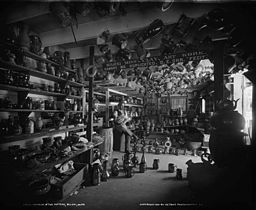
Feathers: Not Just for Flying
written by Melissa Stewart; illustrated by Sarah S. Brannen
2014 (Charlesbridge)
Source: Review copy provided by the publisher
Author Melissa Stewart was kind enough to answer some questions regarding her terrific new book, Feathers: Not Just for Flying. This book demonstrates several different ways that birds use feathers and compares these to everyday objects. After Melissa’s interview are some links to other blog reviews and a You Tube video featuring Melissa talking about the similes in her book. You should also check out Melissa’s website and her Pinterest page for more resources.
1. What do you take with you when you observe animals, like birds, and what tips do you have for young observers?
I usually don’t set out with a goal of observing particular animals. It’s more that I want to check out an interesting location—a particular woodland, a trail I’ve heard about, or maybe a pond. So I don’t take any special gear. I just go to the place I have in mind and see what I see. I tend to have the best experiences when I don’t set out with a particular goals or expectations in mind.
2. When I read Feathers, I can easily see the purpose of the book, the connections you want readers to make, and several other teaching points. How does being an educator, and working with educators, influence your work as a writer?
Hmm, that’s an interesting question. As I was writing, I didn’t consciously have a specific purpose in mind or connections that I wanted to readers to make. For me, every book I write is pretty much about the same thing—my strong desire to share the beauty and wonder of nature with my readers. The structure I choose is my attempt at finding the best possible way to engage my audience in the topic. In the case of Feathers, I struggled with structure for three years, but things fell into place when a friend mentioned that what she took away from an early draft was the tool-like functions that feathers can serve. I decided to focus on that—how feathers are like tools or objects that we use. That’s where the similes came from. I thought readers would connect more strongly to the information if I included comparisons to everyday objects.
3. My students are excited when they discover bird eggs and feathers on the ground. What should they do if they find these items?
I know it’s tempting to pick up these items, but it’s always better to leave natural things in nature. Kids can observe natural objects them closely, maybe take a picture, and then walk away. When a person touches a bird egg, he or she leaves a human scent on the egg that may scare the mother bird and cause her to abandon the nest. There are laws against collecting many kinds of feathers because people used to kill birds, collect their feathers, and sell them to people who made hats. The hats are a thing of the past, but the laws are still on the books. As feathers degrade naturally, they can serve other purposes, such as nesting materials for other birds. That’s why the best decision is to leave natural objects in place.
4. Was there a bird (or birds) that you wanted to feature but didn’t have enough space in the book?
It’s rotten of me to do this, but if you want to know the answer to the question above and more questions, head over to NC Teacher Stuff for the rest of the interview and a video from Melissa about the similes in this book.
























